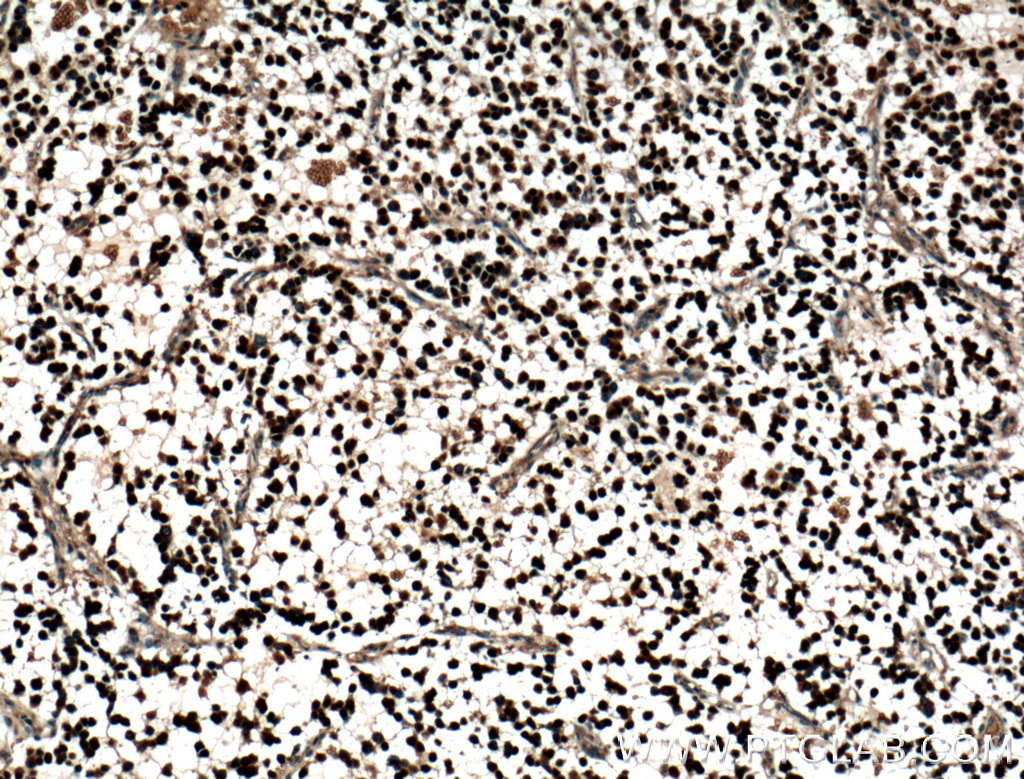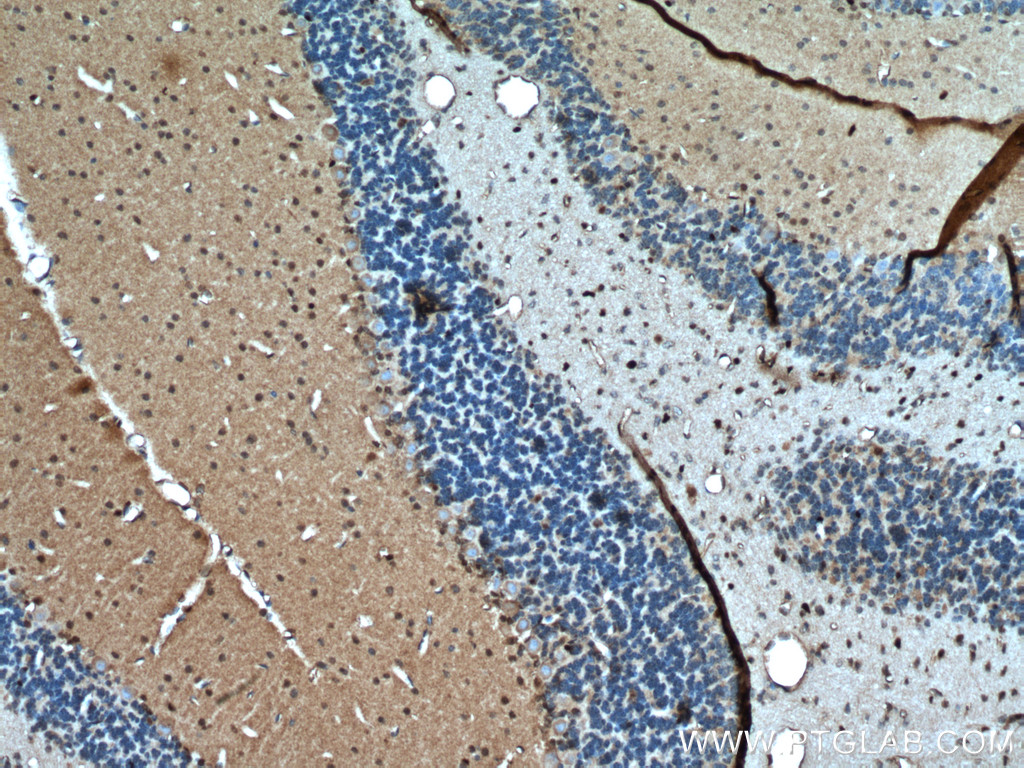验证数据展示
产品信息
25754-1-PBS targets OLIG2 in WB, IHC, IF-P, Indirect ELISA applications and shows reactivity with human, mouse, rat samples.
| Tested Applications | WB, IHC, IF-P, Indirect ELISA Application Description |
| Tested Reactivity | human, mouse, rat |
| Immunogen | OLIG2 fusion protein Ag22642 种属同源性预测 |
| Host / Isotype | Rabbit / IgG |
| Class | Polyclonal |
| Type | Antibody |
| Full Name | oligodendrocyte lineage transcription factor 2 |
| Synonyms | OLIG 2, Class E basic helix-loop-helix protein 19, Class B basic helix-loop-helix protein 1, bHLHe19, bHLHb1 |
| Calculated Molecular Weight | 32 kDa |
| Observed Molecular Weight | 40 kDa |
| GenBank Accession Number | BC047511 |
| Gene Symbol | OLIG2 |
| Gene ID (NCBI) | 10215 |
| RRID | AB_2880226 |
| Conjugate | Unconjugated |
| Form | Liquid |
| Purification Method | Antigen affinity purification |
| UNIPROT ID | Q13516 |
| Storage Buffer | PBS Only |
| Storage Conditions | Store at -80°C. The product is shipped with ice packs. Upon receipt, store it immediately at -80°C |
背景介绍
The oligodendrocyte lineage-specific basic helix-loop-helix (OLIG) family of transcription factors include OLIG1-OLIG3, which differ in tissue expression. OLIG1 and OLIG2 are specifically expressed in nervous tissue as gene regulators of oligodendrogenesis. OLIG1 and OLIG2 interact with the Nkx-2.2 homeodomain protein, which is responsible for directing ventral neuronal patterning in response to graded Sonic hedgehog signaling in the embryonic neural tube. These interactions between OLIG proteins and Nkx-2.2 appear to promote the formation of alternate cell types by inhibiting V3 interneuron development. OLIG1 and OLIG2 are abundantly expressed in oligodendroglioma and nearly absent in astrocytomas. Therefore, OLIG proteins are candidates for molecular markers of human glial brain tumors, which are the most common primary malignancies of the human brain.









